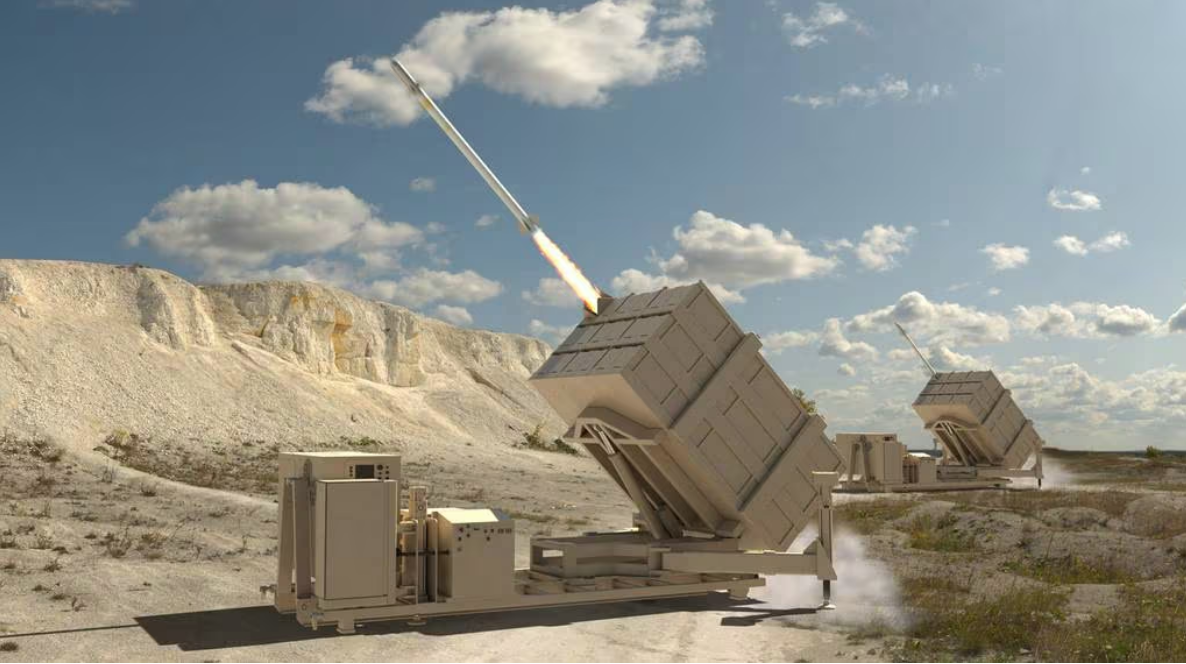
In response to the evolving threat posed by enemy cruise missiles, the US Army is actively developing a cutting-edge interceptor system as part of its comprehensive strategy to bolster air defense capabilities. This strategic enhancement specifically targets supersonic cruise missiles and large-caliber rockets. The primary objective of the new interceptor is to augment the Indirect Fire Protection Capability (IFPC) Increment 2 weapons system by expanding its defensive capacities.
IFPC Increment 2 system
The IFPC Increment 2 is a mobile, ground-based weapon system designed to protect fixed and semi-fixed sites from a variety of threats, including cruise missiles, drones, rockets, artillery, and mortars. The first interceptor in this system is the AIM-9X Sidewinder missile. The AIM-9X Sidewinder is a proven and effective weapons system. The system’s architecture includes a launcher, an all-up-round magazine for the interceptor, a weapons interface controller, and engagement calculator software. The US Army’s Sentinel radar acts as the sensor, and the Integrated Air and Missile Defense Battle Command System serves as the fire control component for this advanced weapons system.
Seeking a second interceptor
The Army is now looking to procure a second interceptor system to complement the AIM-9X in the IFPC system. This new interceptor is expected to target subsonic and supersonic cruise missiles. The requirements include an open system architecture to facilitate future growth and adaptability without significant redesign. The Army aims for a competitive award for this second interceptor around fiscal 2025, with technology demonstrations planned for the 2026-2027 timeframe. These demonstrations may include digital simulation, hardware-in-the-loop, and live-fire tests designed to put the new missile through its paces.
Key considerations
Other essential features designed for the new interceptor should include the ability to reach certain altitudes and ranges, a rocket motor that decreases flight time to target, and resilience against electronic warfare countermeasures. Enhanced seeker performance is also a priority.
Industry Engagement
The Army has reached out to defense industry subcontractors for ideas and proposals. Companies like Raytheon Technologies and Lockheed Martin have previously submitted proposals. International firms, including Israeli companies like Rafael Advanced Defense Systems and their Tamir 2 interceptor, are potential contenders. An industry day is scheduled in Huntsville, Alabama, to further engage with potential suppliers and partners.
The US Army’s pursuit of a new interceptor for the IFPC Increment 2 system demonstrates a proactive approach to evolving air defense challenges. By seeking a missile that combines high capability with adequate magazine capacity, the Army aims to ensure robust defense against a wide range of aerial threats, particularly in the context of increasing tensions and technological advancements by potential adversaries.
